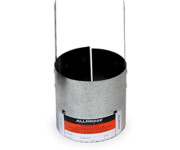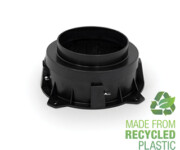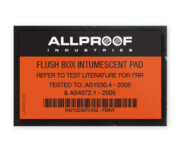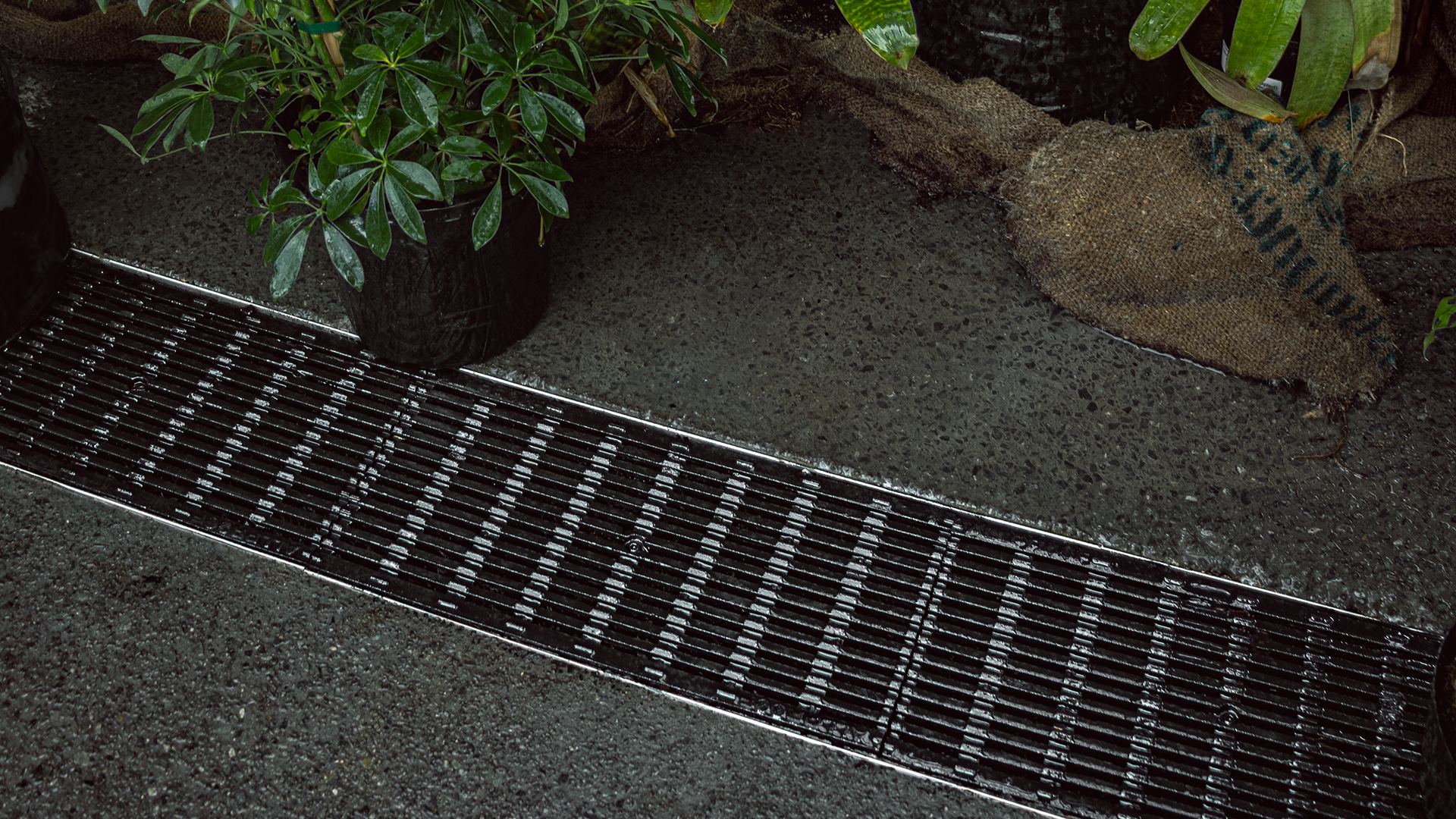Deconstructing Passive Fire Protection Systems
In light of recent high-profile fire incidents in Sydney and Wellington, fire safety in multistorey buildings has once again become a topic of critical importance. Modern building design requires both Active Fire Protection (AFP) and Passive Fire Protection (PFP) systems to work in unison, ensuring that in the event of a fire, occupants have a safe path to evacuate and emergency services can respond effectively.
Passive fire protection, in particular, plays a crucial role in containing fire and smoke, preserving structural integrity, and ultimately saving lives. It is a silent but essential system that must be embedded into a building’s design from the earliest planning stages.

Understanding Fire Compartments and Penetrations
A building is typically divided into fire compartments—zones created through the strategic use of fire-rated walls, floors and ceilings. These barriers are designed to resist the passage of fire and smoke, limiting their spread both vertically and horizontally within the structure.
However, these barriers are often penetrated by essential building services, such as plumbing, ventilation, and electrical conduits. Each penetration represents a potential weakness in the fire containment system and must be protected with compliant passive fire stopping systems.
What is an FRL (Fire Resistance Level)?
The Fire Resistance Level (FRL) is a measure of a building element’s ability to resist fire, specified in terms of structural adequacy, integrity, and insulation. Determined by a fire engineer, an FRL takes into account the intended use of the space, the mobility and number of occupants, the building’s size and proximity to neighbouring structures.
Each service penetration must be fitted with a tested and certified PFP system that maintains the fire compartment’s FRL, ensuring the system will hold up under real fire conditions.
How Passive Fire Protection Works
When exposed to high temperatures, the intumescent material within a passive fire protection device activates. It expands rapidly, forming a char that fills the void left when combustible materials (such as PVC pipes) melt away. This char acts as an insulator, reducing heat transfer and sealing the penetration to prevent fire and smoke from travelling between compartments.
This process plays a crucial role in slowing down the spread of fire, protecting other areas of the building, and buying precious time for evacuation and firefighting efforts.
Passive Fire Protection Systems by Allproof Industries
Allproof Industries, a leading New Zealand manufacturer of passive fire and drainage products, offers a comprehensive range of PFP solutions specifically designed for Australasian construction environments.
Their offering includes:
- Low-profile pipe collars
- Drop-in fire collars
- Cast-in fire collars
- Pipe wraps
- Wallthrough
- Fire Plates
- Flush Box Intumescent Pads
- Cast-in Collar Fire Rated Floor Waste Kits
One common system integrates a stainless steel shower tray, Trayrite outlet, floor waste gully, and a low-profile fire collar installed through a concrete slab or timber-infill floor system. This configuration has been independently tested to deliver an FRL compliant with both Australian and New Zealand standards.
For more complex floor profiles, such as composite or rib-and-timber infill systems, Allproof’s drop-in fire collar offers a high-performance solution without the need for plastering, batts, or additional boxing. Its design allows for easy core-drilling and installation while maintaining compliance and structural performance.
Compliance and Innovation
Allproof’s PFP systems are independently tested and certified, ensuring compliance with AS 1530.4 and integration into overall National Construction Code (NCC) requirements. Their locally made systems support fire engineers and construction professionals in achieving compliant, cost-effective, and install-friendly fire stopping solutions.
Choosing a local, experienced manufacturer is essential to achieving effective PFP system design and execution. Correct installation to specification is key; even the most advanced products can fail if not installed and inspected properly.
Looking Forward
The passive fire industry has evolved significantly in recent years, shaped by new research, improved testing, and, unfortunately, by learning from real-world tragedies. By prioritising fire containment at the design stage and working with trusted local suppliers, we can reduce harm and damage in future fire events.













